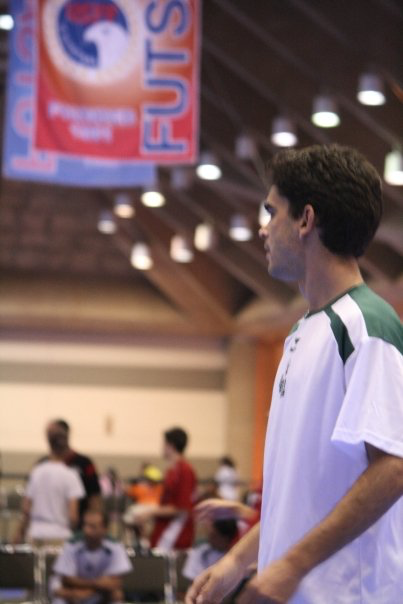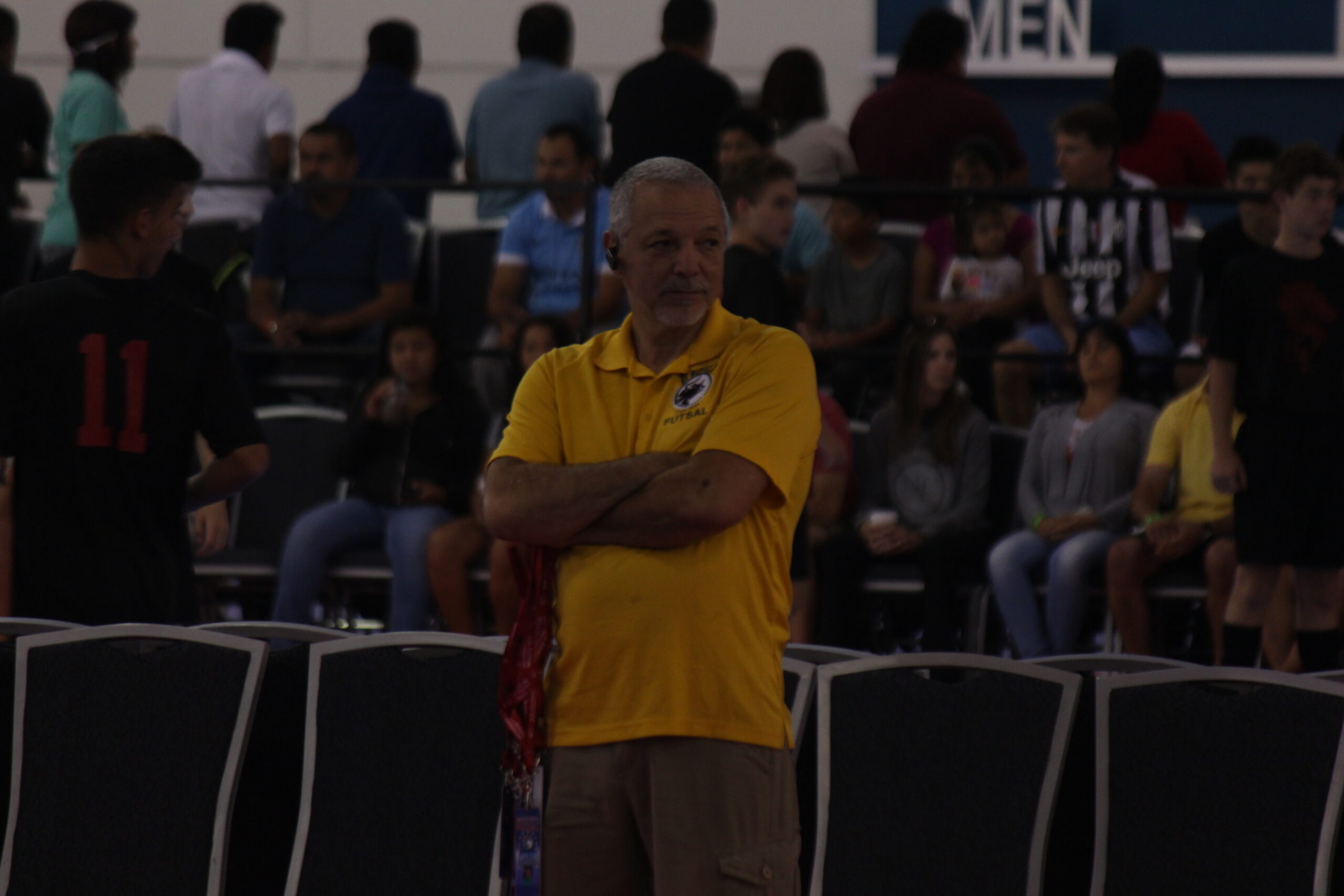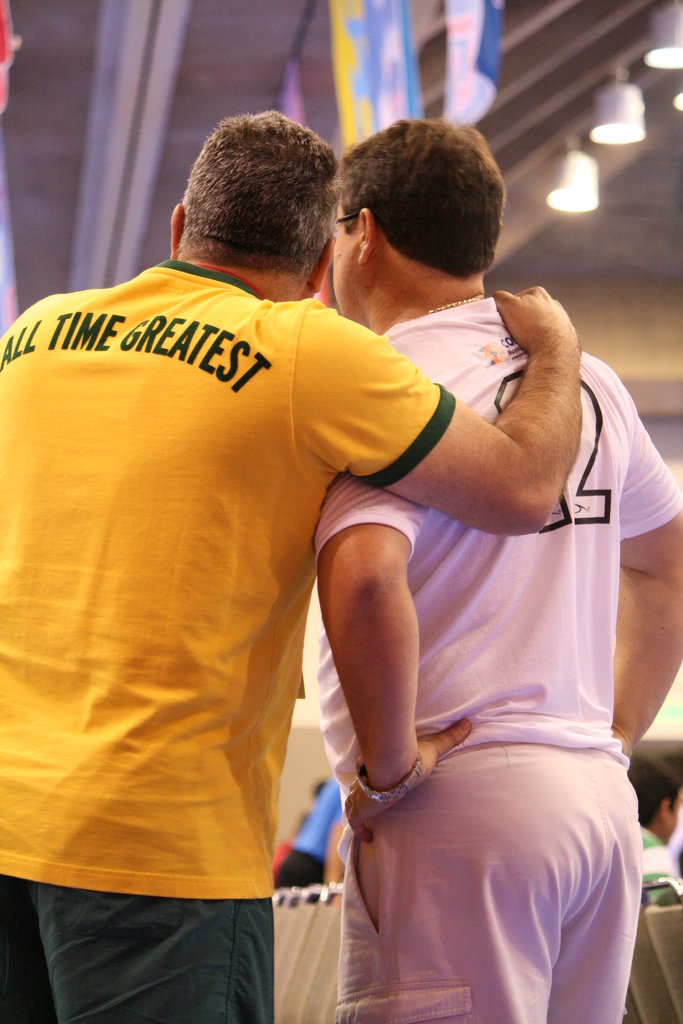Basic Core attacking concepts
Regardless of the formation or attacking system used, the correct application of technical options and our ability to evaluate and analyze the game depends on the basic core concepts of attacking play. These concepts involve perception/motor or coordination skills, individual attacking tactics, and the foundation for small group and team tactics. The basic core attacking concepts include movement, positioning, and attacking elements executed individually or in combination with teammates. These elements provide players with the options needed to solve problems during the game. Good tactics rely on decision-making based on perception and analysis of the game situation. The basic core attacking concepts can be categorized as follows:
- Visual command of the playing area
To make good decisions in the game, players need to have a clear view of the area around them. They should know where the ball is and where their teammates and opponents are. This helps them analyze the situation and make the right moves. - Body positioning
How players position their bodies is crucial for understanding the game and their tactical intentions. It affects their options both with and without the ball. By positioning their bodies correctly, players can improve their awareness of their position in relation to their teammates, opponents, and the ball. - Controlling space with the ball and in relation to one’s marker
Controlling the space needed to execute moves is important tactically. When a player receives the ball or has possession, they must position themselves correctly in relation to the defender marking them. This requires anticipating the defender’s actions while considering their own tactical intentions. All these efforts make it difficult for the defender to mark them effectively. - Applying the basic core technical concepts
Passing, control, touch, dribbling, and shooting are all important technical skills. However, their use in a game situation also involves cognitive processes like perception and decision-making. Tactics influence the use of these technical elements, and the technical elements, in turn, impact the tactics. - Off-the-ball movement
Off-the-ball movement refers to the actions players take to avoid being marked by opponents when their team has possession. The team should create spaces to provide passing options for the player with the ball. Players can support the player with the ball or find gaps in the defense to continue the attacking move. - Support
Support is when players without the ball move to create passing options for the player with the ball. They constantly try to assist the player with the ball by providing options and creating opportunities for effective play. - Feinting
Feinting is a tactic that involves deceiving or confusing a direct opponent with body movements. The aim is to make the opponent shift or make a movement that benefits the player performing the feint. This creates an opportunity for the player to execute a planned action. - Switching the play
Switching the play means the player with the ball chooses a passing option that changes the direction of the game to a different area of the field. This helps improve the team’s options and can surprise the opponents. It involves shifting the body and moving the ball into position before executing the pass or running with the ball.







